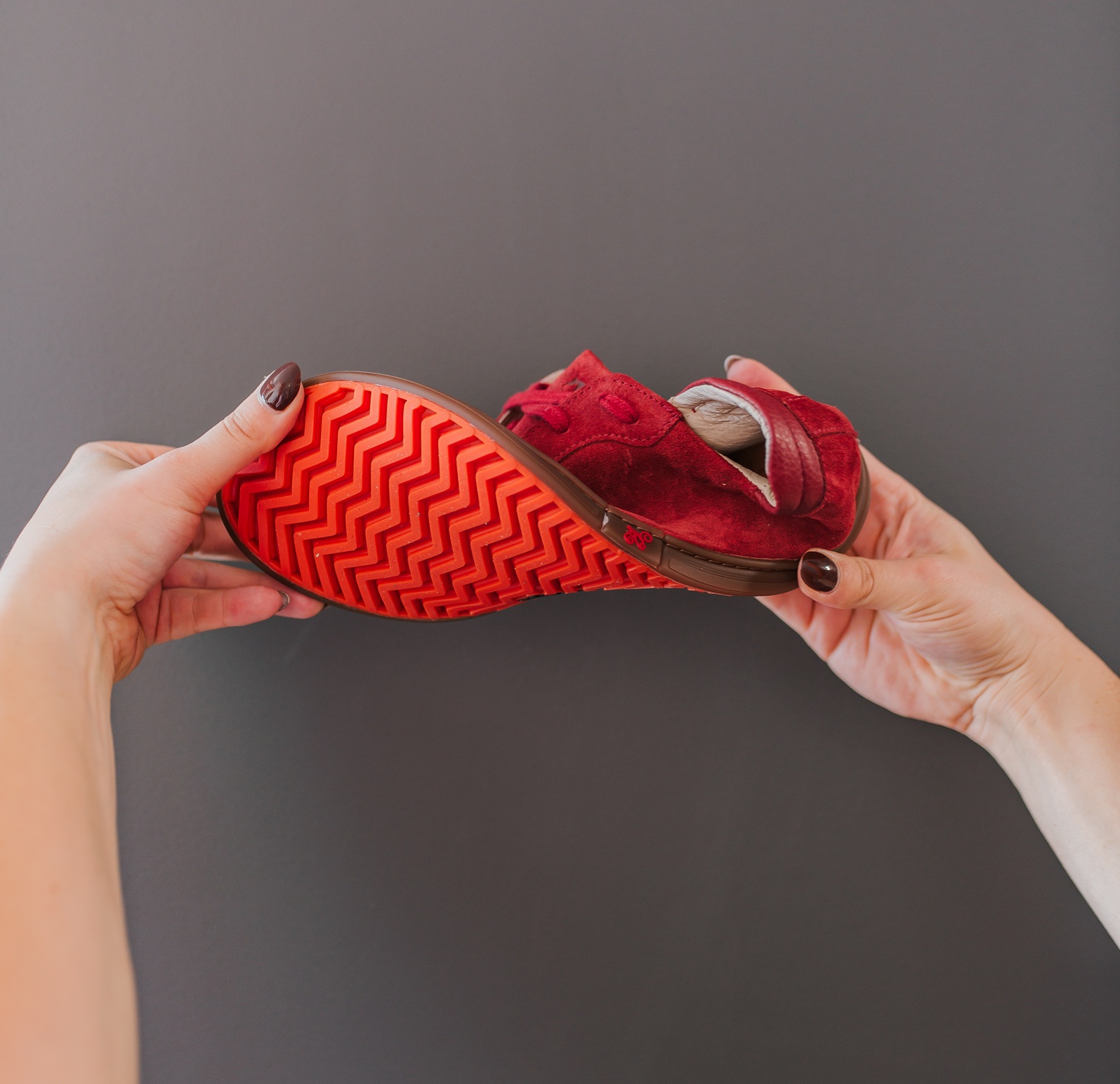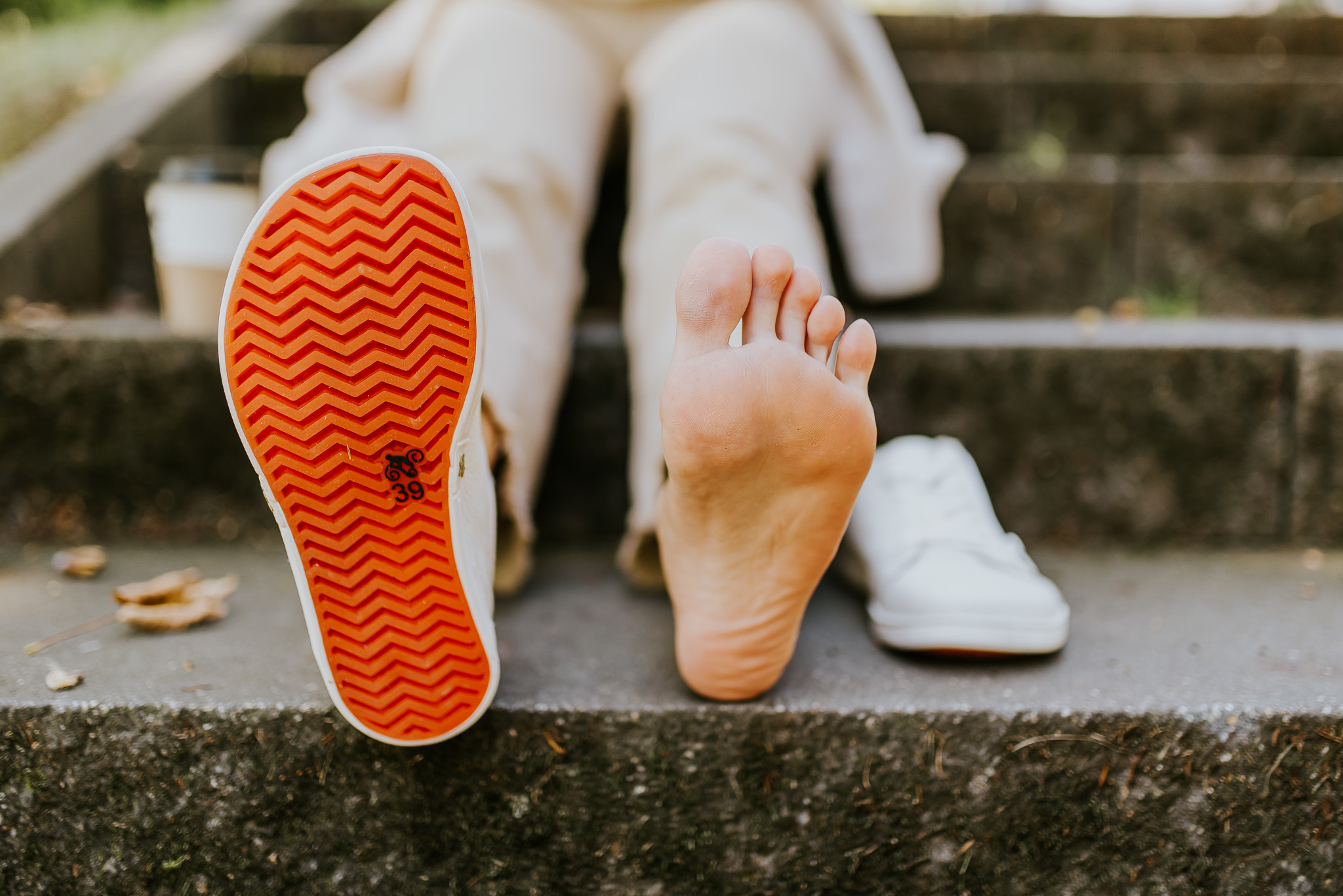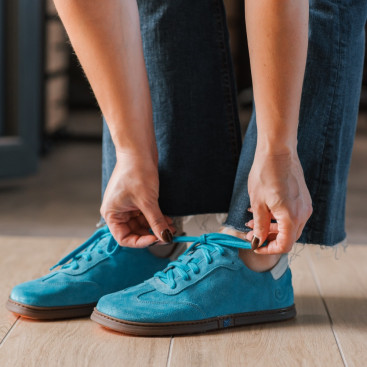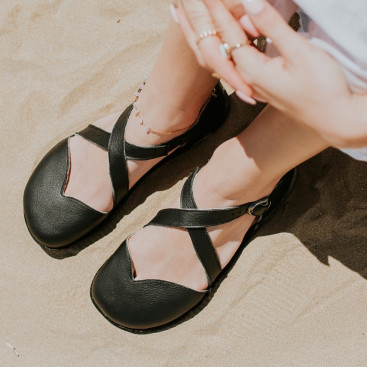A problem that doesn’t hurt right away
It’s not an injury pain. It’s not a sprain, a fracture, or trauma that forces you to act. The problem we’re talking about is quiet. It works in the background. It takes place somewhere between the sole and the ankle joint, between the Achilles tendon and the lower part of the spine.
Sometimes it starts with a feeling of fatigue. Sometimes with reluctance to walk barefoot on a hard floor. Other times it’s that your toes don’t have enough space. And then, month by month, something changes. The arch of the foot seems to flatten. Heel pain becomes more frequent. The feet feel stiff in the morning, hard to “walk off.”
But you have good shoes. Branded. Cushioned. The kind they recommend in ads. So why is your body sending signals as if something were missing?
What’s missing in modern shoes?
Modern footwear was created with protection in mind – to insulate from the ground, stabilize the foot, and provide comfort. And indeed: your feet don’t freeze in winter, walking on asphalt feels “soft,” and the heel is surrounded by a “comfy” cushion, right?
But there’s another side to that coin.
Most modern shoes limit the natural movement of the foot. Rigid soles don’t let it bend. Heel counters stiffen the ankle. Narrow toe boxes squeeze the toes, forcing them into unnatural positions. And perhaps most importantly – the raised heel, present in the vast majority of shoes (even those that don’t look “high-heeled”), shifts the body’s center of gravity forward.
All this together means that the foot stops working the way nature designed it to. And when it stops working, something else has to take over – the knees, the hips, the spine. And that’s where the chain of overloads begins.
In short? The shoe that was supposed to help starts to take over. And the body – which was meant to move in harmony – begins to lose that harmony and stops working with you.
.png)




































.png)
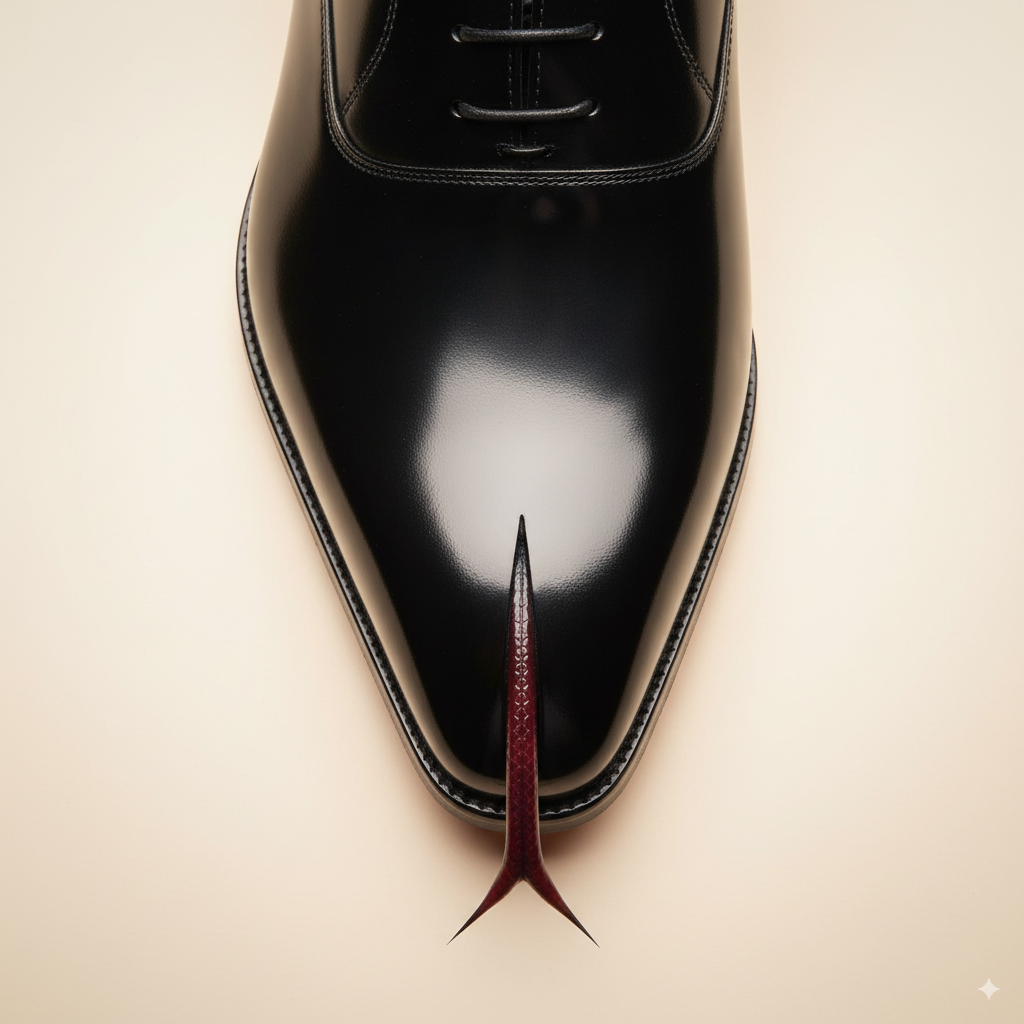
.png)
